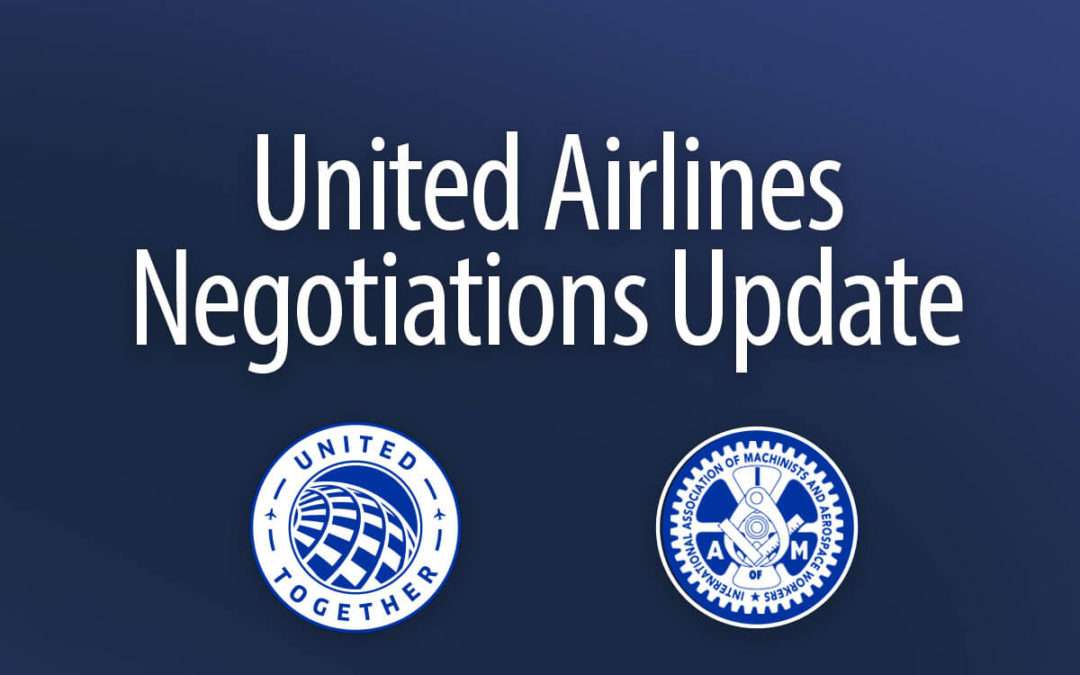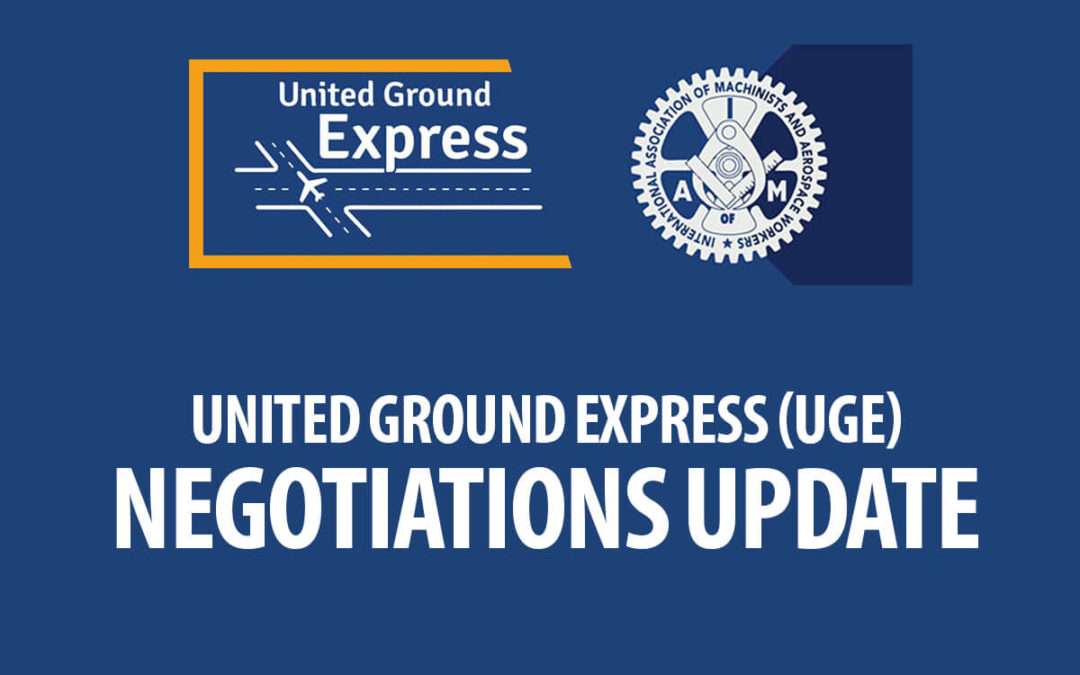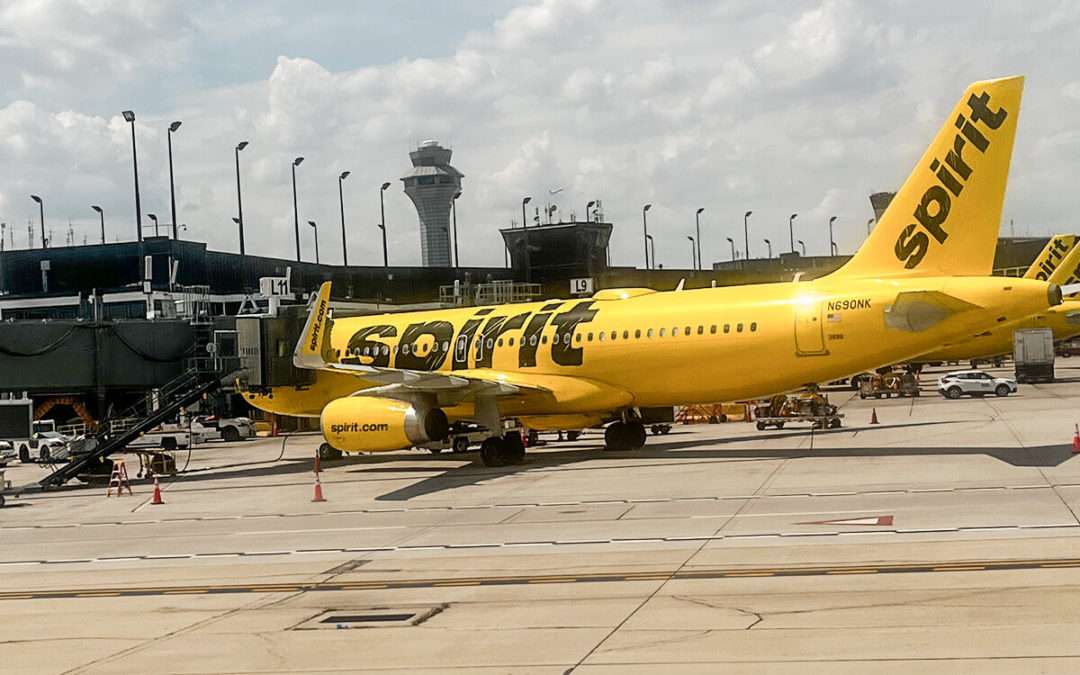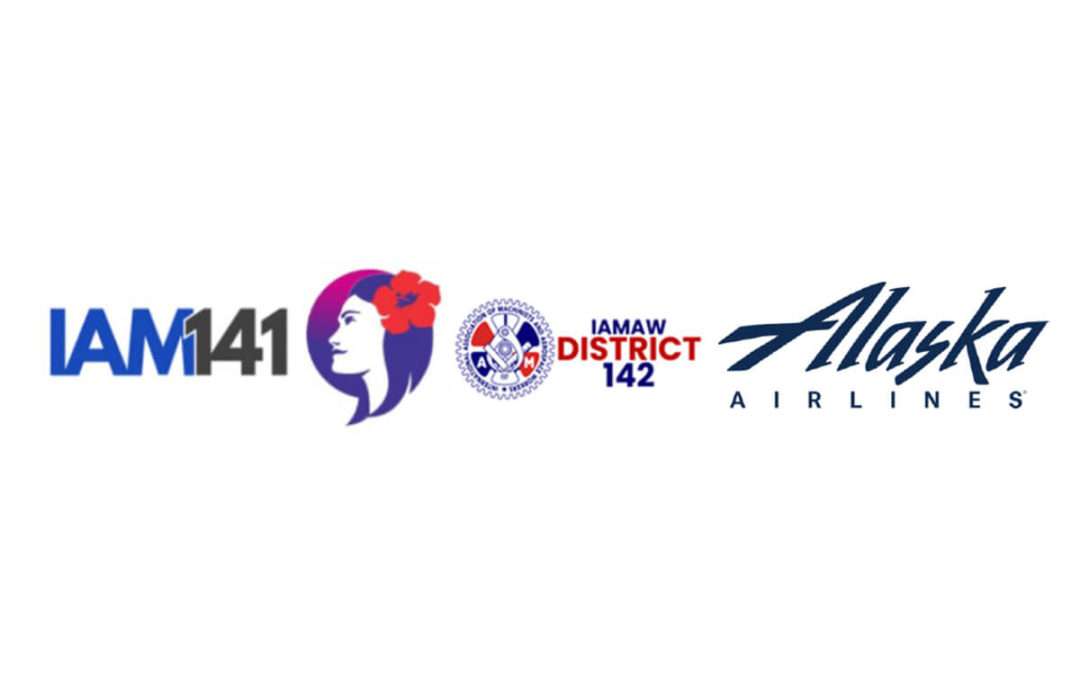
by Eric Price | Mar 3, 2025 | Featured, Featured News, Front Page, Recent News, Recent News, Row 2, United
United Contract Negotiations Update 3 March 2025 Dear Sisters and Brothers, Your IAM District 141 negotiating team and United Airlines management continued contract negotiations last week in Orlando, Florida, for seven different contracts. The Fleet Technical...

by Eric Price | Jan 20, 2025 | Featured, Featured News, Front Page, Other News, Perusals, Recent News, Recent News, Row 2, United Ground Express
United Ground Express (UGE) Contract Negotiations Update 21 January 2025 Dear Sisters and Brothers at United Ground Express, Over the last several months, your IAM District 141 negotiating team has been diligently reviewing your surveys and proposals in preparation...

by Eric Price | Dec 18, 2024 | Front Page, Perusals, Recent News, Recent News, Row 2, United
United Contract Negotiations Update 18 December 2024 Dear Sisters and Brothers, Your IAM District 141 negotiating team met with United Airlines last week in Chicago, Illinois, to continue talks on seven different contracts covering our United Membership. The...

by Eric Price | Nov 25, 2024 | Featured News, Front Page, Perusals, Recent News, Recent News, Row 2, United
United Contract Negotiations Update 26 November 2024 Dear Sisters and Brothers, Your IAM District 141 negotiating team and United Airlines management made significant progress in contract negotiations last week in Chicago, Illinois. We addressed seven separate...

by Eric Price | Nov 19, 2024 | Featured, Featured News, Front Page, Perusals, Recent News, Recent News, Row 2, United
Spirit Airlines Announces Plan to Restructure, Files Bankruptcy November 19, 2024 Sisters and Brothers, Yesterday, Spirit Airlines announced that it has filed for Chapter 11 bankruptcy protection as part of a comprehensive restructuring plan. While this news may cause...

by Eric Price | Oct 31, 2024 | Featured, Featured News, Front Page, Hawaiian, Recent News, Row 2
October 31, 2024 Aloha Sisters and Brothers of Hawaiian and Alaska Airlines, The IAM Districts 141 and 142 reached a Transition Agreement with Alaska Airlines and Hawaiian Airlines for the Alaska COPS and RSSA agreements, and the Hawaiian COPFS agreement,...







